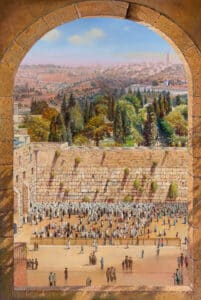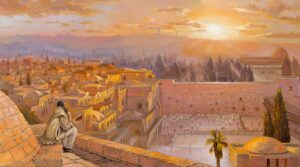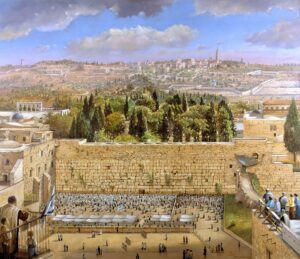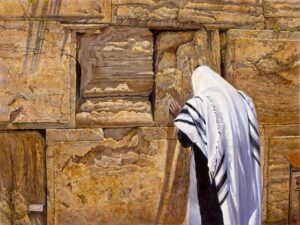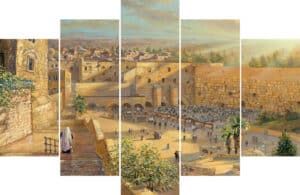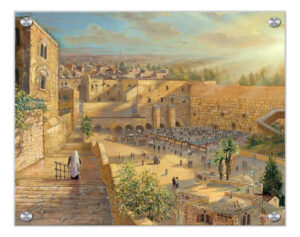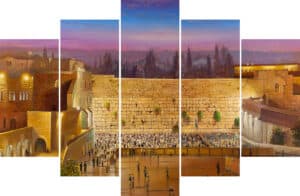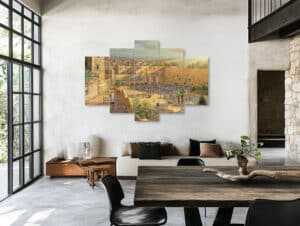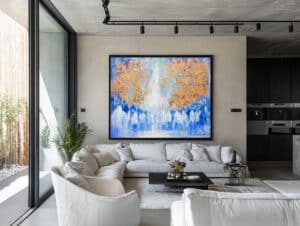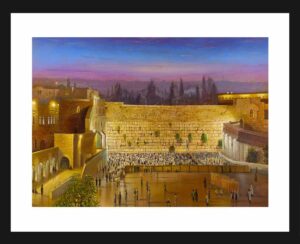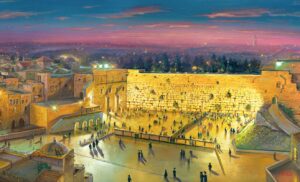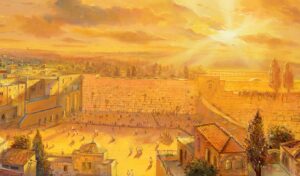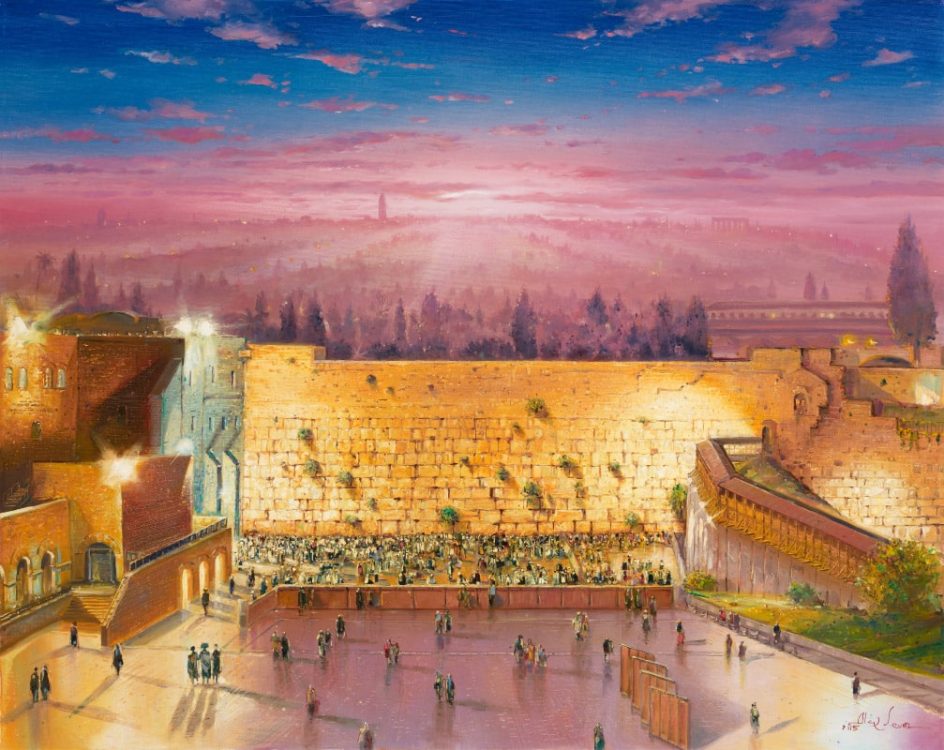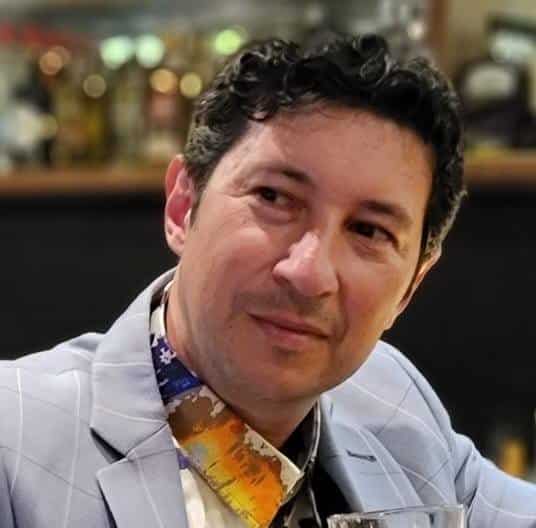
The Kotel, also known as the Western Wall, stands as a profound testament to history, spirituality, and the enduring connection of faith. This revered site in Jerusalem has inspired countless artists to capture its timeless beauty through various art forms. “Artistic Impressions: Capturing the Kotel’s Timeless Beauty” delves into the historical and spiritual essence of the Kotel as reflected in the artwork it inspires, exploring how artists translate its significance onto canvas.
Exploring the Historical paintings of the Kotel
The Kotel is not merely a series of ancient stones; it is a symbol of resilience and hope that has withstood the test of time. Artists venturing to capture its essence are often drawn to the layers of history embedded within its walls. Each stone tells a story, echoing with the prayers and whispers of past generations. The allure of the Kotel lies in its capacity to evoke a deep connection to Jewish heritage, creating a rich tapestry that artists strive to portray.
Painters who focus on the Kotel often emphasize the wall’s texture and antiquity. The weathered stones, worn smooth by centuries of touch, become a focal point in their work, highlighting the interplay between light and shadow. This intricate play of contrasts is not just a visual element; it symbolizes the complexities and shifting narratives of history itself. Artists use various techniques to capture the tactile quality of the stones, employing thick brushstrokes or delicate washes to convey a sense of age and reverence.
Moreover, the historical significance of the Kotel provides a backdrop for exploring broader themes in art. It serves as a canvas for examining the intersection of past and present, faith and reality. By painting the Kotel, artists are not merely capturing a physical structure but are engaging with a living monument that continues to shape and be shaped by those who come to it. This dynamic relationship between history and art breathes life into each piece, inviting viewers to reflect on their own connections to the sacred site.
Brushstrokes of Faith and Memory
The spiritual pull of the Kotel is undeniable, and artists often seek to express this profound sense of faith through their work. The Kotel is a place of prayer and meditation, where individuals come to seek solace, offer thanks, and connect with something greater than themselves. This spiritual dimension is a key element that artists aim to capture, often resulting in works that resonate with emotional depth and introspection.
Paintings of the Kotel frequently depict scenes of worshippers engaged in prayer, their postures and expressions conveying a deep sense of devotion and longing. These images serve as reminders of the Kotel’s role as a living sanctuary, a place where personal and collective memories are interwoven. Artists adeptly use color and composition to evoke the quietude and solemnity of these sacred moments, capturing the essence of a place imbued with spiritual significance.
Furthermore, the Kotel inspires artists to explore themes of memory and continuity. The wall is a living testament to the enduring nature of faith, standing as a constant in a world of change. Through their art, painters explore this continuity, often portraying the Kotel not just as a static monument but as a dynamic entity that holds the hopes and dreams of countless individuals. These artistic interpretations invite viewers to engage with the emotions and stories that the Kotel embodies, creating a bridge between past and present.
“Artistic Impressions: Capturing the Kotel’s Timeless Beauty” highlights the intricate relationship between art, history, and spirituality. The Kotel, as a muse, offers endless inspiration for those who seek to capture its essence on canvas. Through their brushstrokes, artists bring to life the profound history and deep faith that this sacred site embodies. The paintings of the Kotel serve as a testament to its enduring beauty, inviting viewers to reflect on their own connections to this iconic landmark and the timeless stories it continues to tell.
